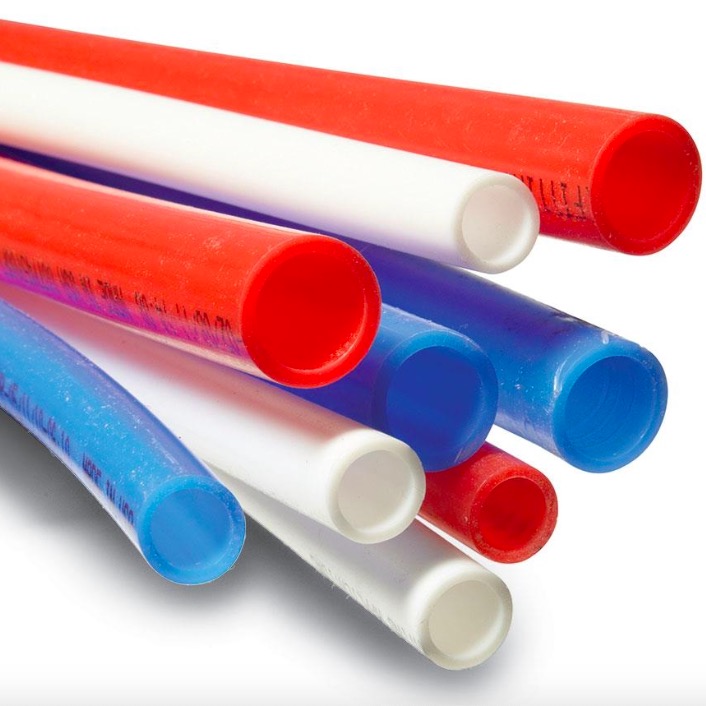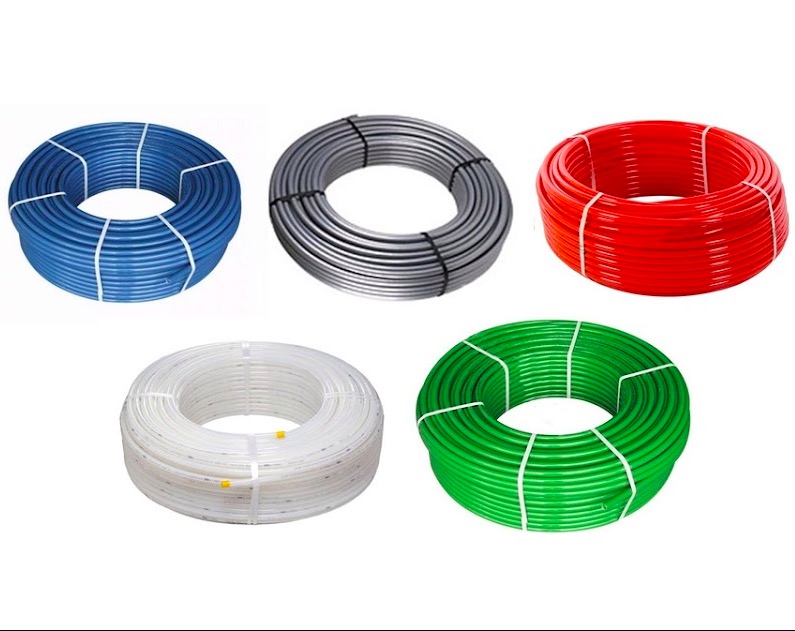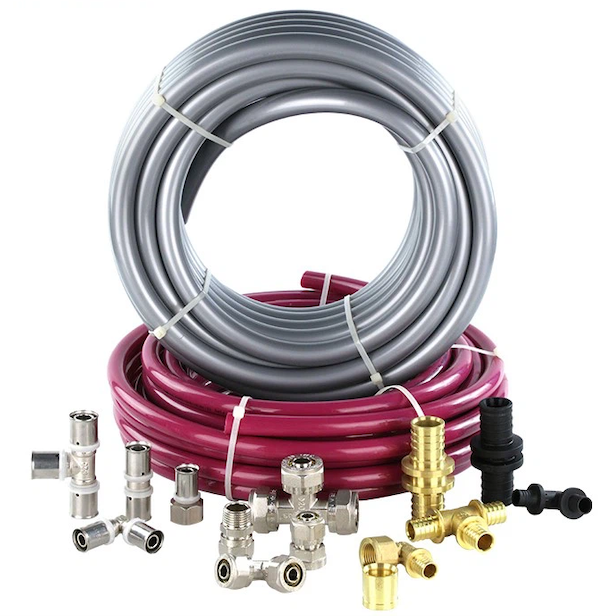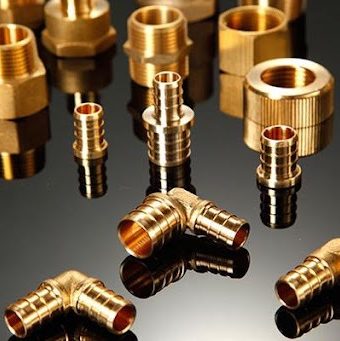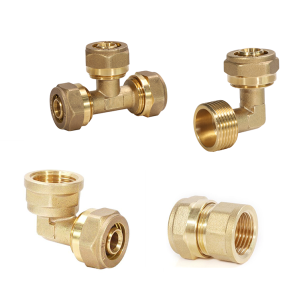Table of Contents
ToggleIntroduction
In modern buildings, floor heating systems have become a very popular way of heating. Floor heating systems transfer heat to the entire room by laying pipes under the floor, so that people can enjoy a comfortable indoor temperature even in winter. In floor heating systems, PEX and PERT are two common floor heating pipe materials. So, what are the differences between PEX and PERT floor heating pipes? This article will introduce them in detail from the following aspects.
Factor | PEX Pipe | PERT Pipe |
Material | Made from cross-linked HDPE (high-density polyethylene). | heat-resistant polyethylene PE-RT, no cross-linking |
Operating temperature | -40℃ to 95℃ | -20℃ to 85℃ |
Thermal expansion coefficient | Lower, deform less, more stable | Higher |
Connection | Brass Fittings | Brass fittings or hot-melt connections |
Price | Higher | Lower |
Application | high-temperature radiator heating systems | low-temperature ground radiation heating systems |
Lifespan | Approximately 40-50 years. | Approximately 40-50 years. |
Installation Difficulty | More Difficult | Easier |
Difference
Materials and production process
PEX (cross-linked polyethylene) pipes are a series of pipes, including PEX A, PEX B, PEX C, etc. The production process requires polyethylene to be cross-linked by silane.

1/2 pex pipe cross-linked structure
But the raw material of PERT (heat-resistant polyethylene) pipes is heat-resistant polyethylene PE-RT, which is extruded after high-temperature melting. The raw material of the pipe is non-toxic and there is no cross-linking in the manufacturing process.
Material properties
PEX floor heating pipe is made of high-density polyethylene (HDPE), which has good high temperature resistance, pressure resistance, corrosion resistance and aging resistance. Its operating temperature range is -40℃ to 110℃, suitable for high-temperature radiator heating systems.
PERT floor heating pipe is made of heat-resistant polyethylene (PERT), and its operating temperature range is -20℃ to 95℃, suitable for low-temperature floor radiant heating systems.
Thermal expansion coefficient
PEX floor heating pipes have a lower coefficient of thermal expansion, which means that when the temperature changes, the PEX floor heating pipes will deform less, which is conducive to maintaining the stability of the pipeline system.
However, the thermal expansion coefficient of PERT floor heating pipes is higher, so when the temperature changes, the PERT floor heating pipes will deform more, which may cause instability in the pipeline system.
Connection
PEX pipes usually require special tools and accessories, such as compression fittings, sliding fittings or expanding tools, to ensure the safety of the connection. However, once damaged during the renovation process, it will cause hidden dangers.
PE-RT floor heating pipes can use brass fittings or hot-melt connections. And hot-melt connections are firmly connected and not prone to water leakage.
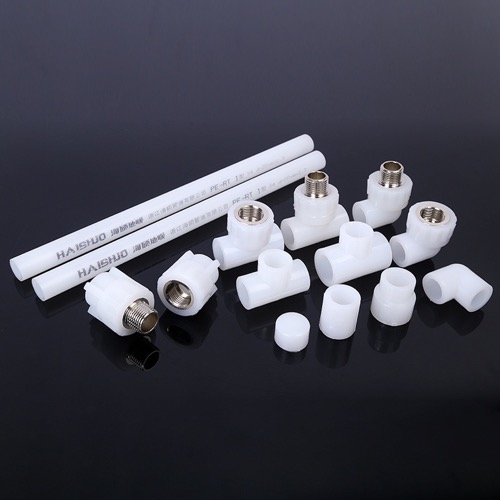
pert pipe fittings
Price
Since the material properties of PEX floor heating pipes are better and the production process is more complicated, its price is relatively high. However, the production process of PERT floor heating pipes is relatively simple and the cost is lower, so its price is also relatively low.
Application
PEX floor heating pipes are suitable for high-temperature radiator heating systems, such as central heating, solar heating, etc. PERT floor heating pipes are suitable for low-temperature ground radiation heating systems, such as electric heating, gas wall-mounted boilers, etc.
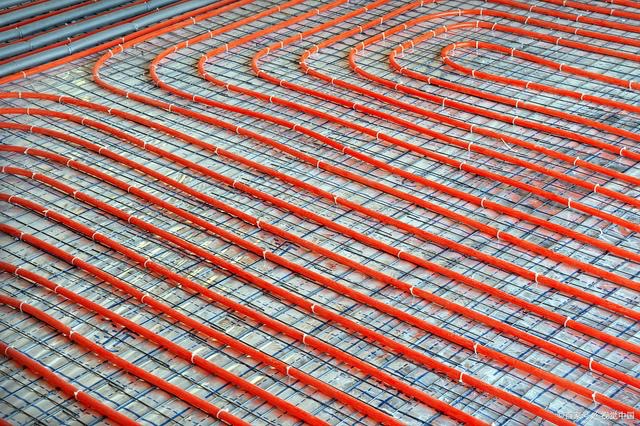
pex hot water
Installation Difficulty
The construction of PEX floor heating pipes is difficult and requires professional installers to operate. The construction of PERT floor heating pipes is relatively simple and can be installed by ordinary household users.
Concultion
PERT pipes and PEX pipes are both made of polyethylene materials and can be used for heating, water supply and floor heating systems. They each have their own advantages, such as PERT pipes are more flexible and less expensive; PEX pipes have better bending performance and antifreeze performance. Which of the two pipes is better depends on the specific application and project requirements.
However, there are good and bad PEX pipes on the market, and the quality varies greatly. It is best to choose PEX pipes with a well-known brand. As a professional manufacturer for PEX A, PEX B and PERT pipe more than 25 years, VPEXCO is a wise choice for you.



